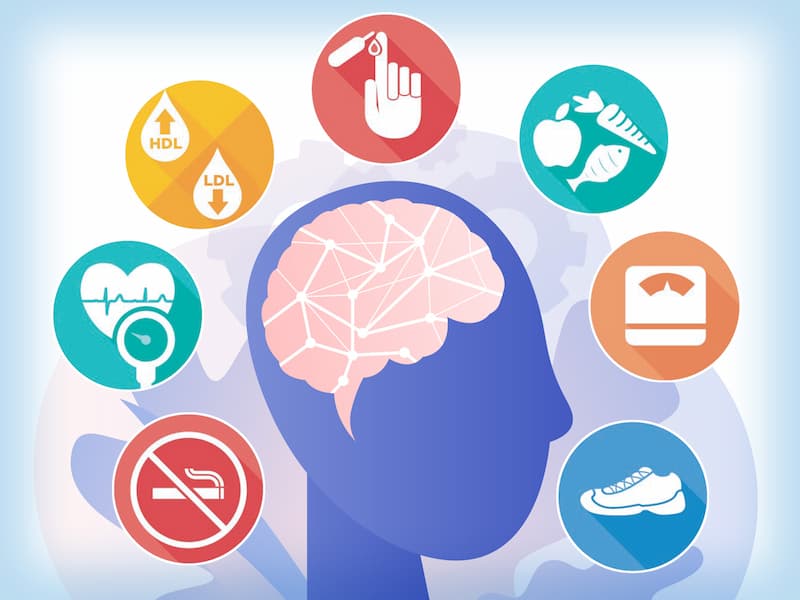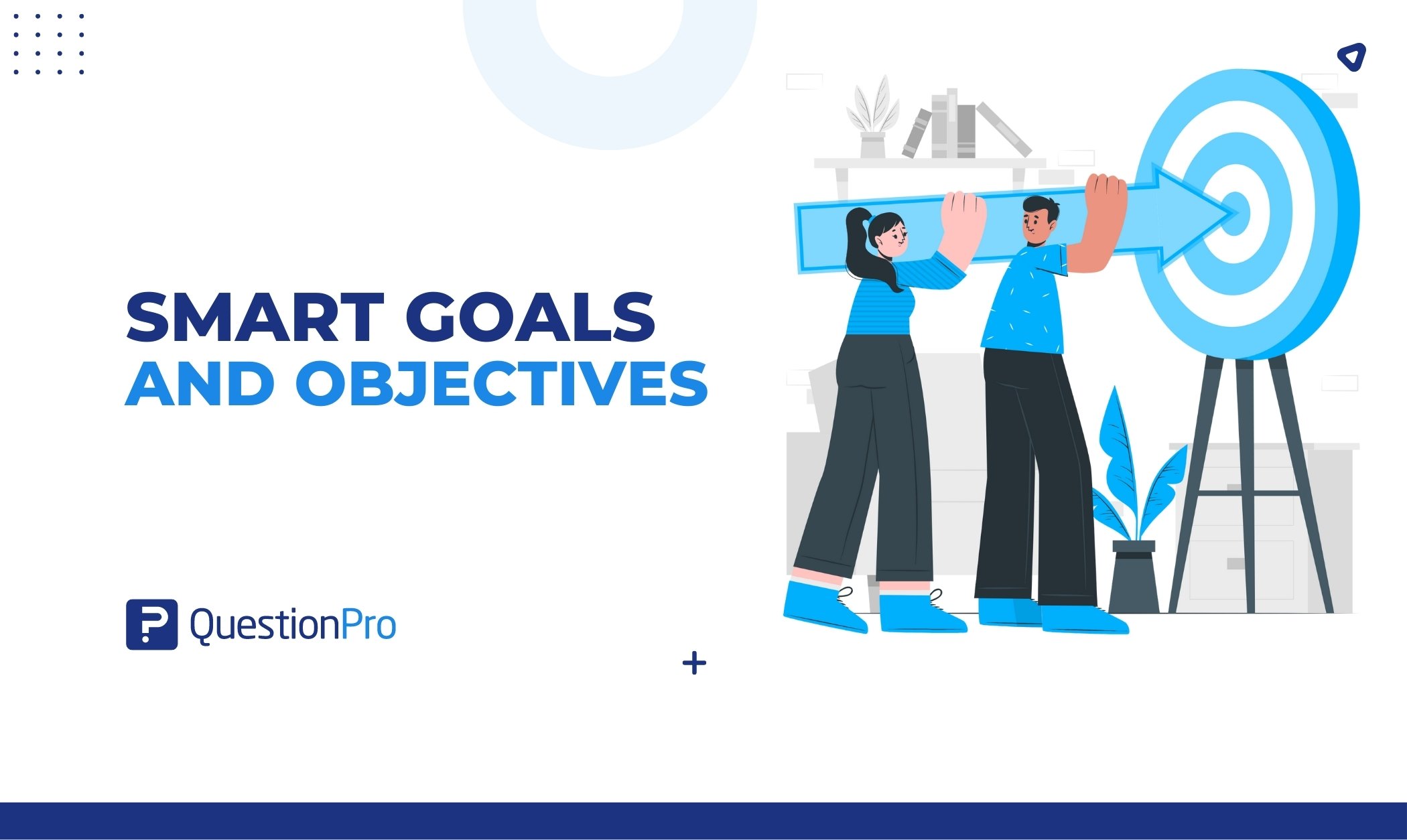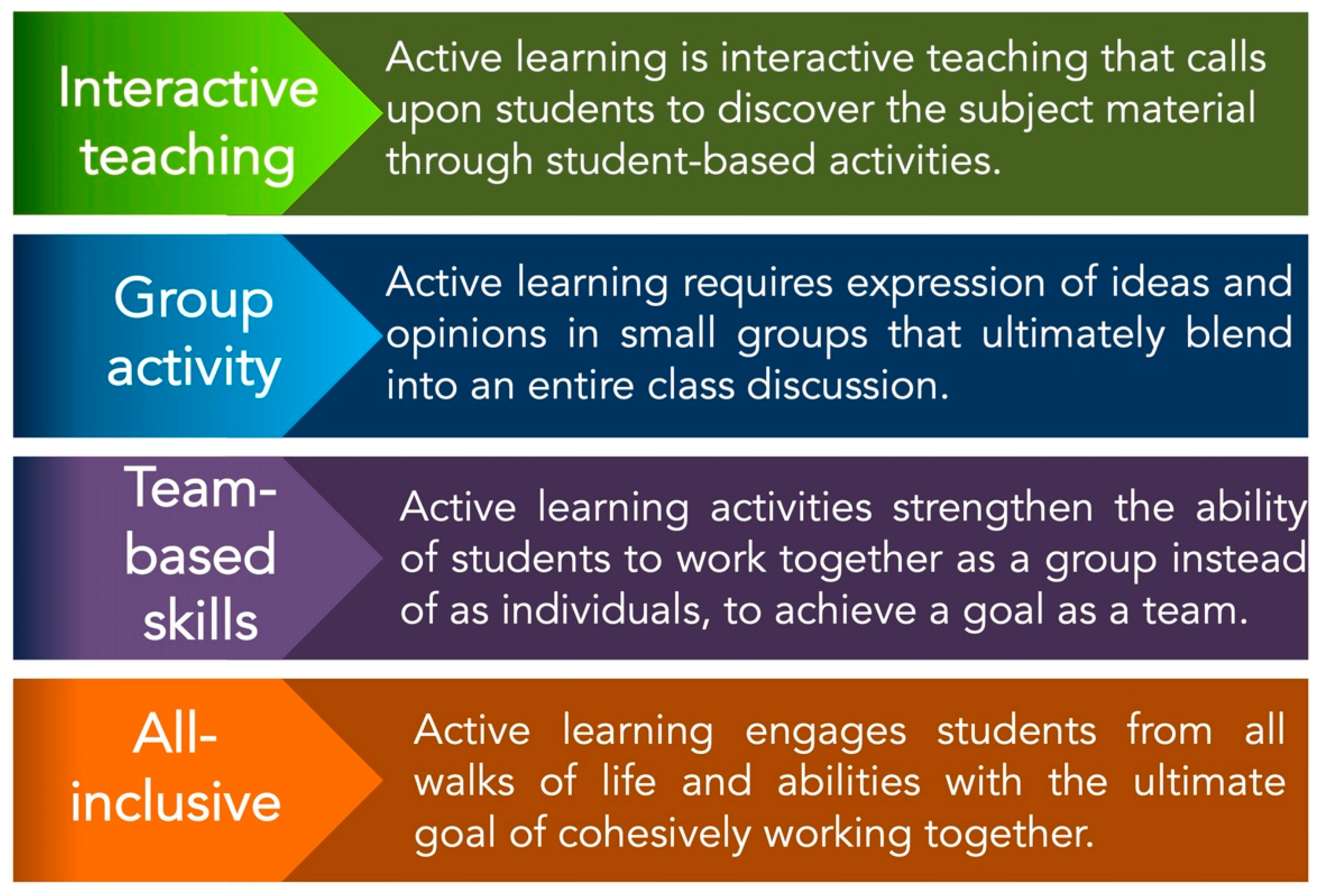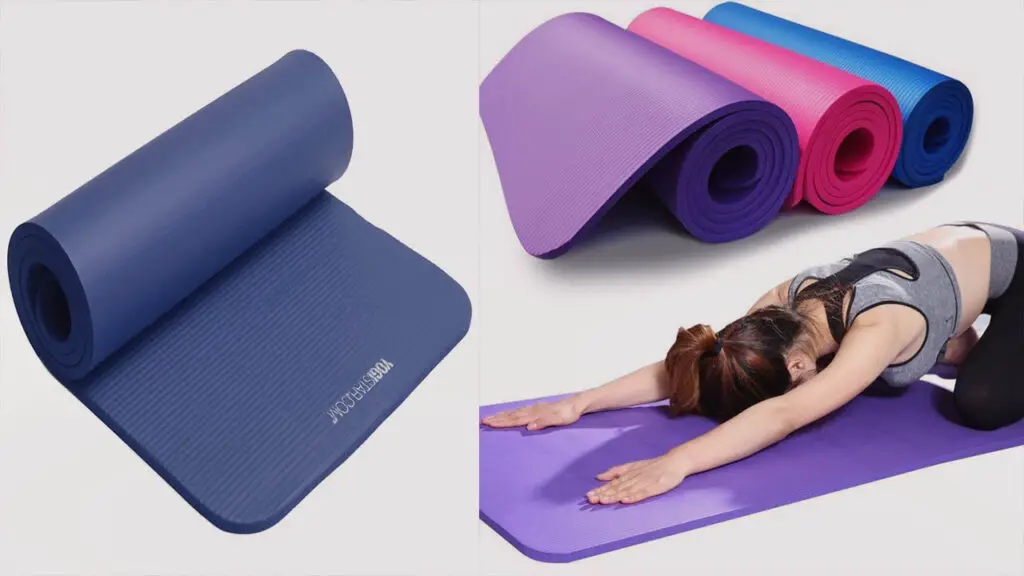Skill-related fitness goals focus on improving specific physical abilities such as speed, agility, and coordination, while health-related fitness goals aim to enhance overall physical well-being and reduce the risk of chronic diseases. Skill-related fitness goals center on developing specific skills or abilities that are important for activities and sports, while health-related fitness goals prioritize overall health and the prevention of diseases.
Fitness goals can vary greatly depending on individual preferences and objectives. Some individuals prioritize improving their physical abilities for specific sports or activities, while others aim to enhance their overall health and well-being. These two types of goals, known as skill-related fitness goals and health-related fitness goals, have distinct focuses.
Skill-related fitness goals target the development of specific physical abilities that are essential for sports and activities, such as speed, agility, and coordination. On the other hand, health-related fitness goals are centered around improving overall health and reducing the risk of chronic diseases. Understanding the differences between these two types of goals is essential for designing an effective fitness plan tailored to individual needs and aspirations.

Credit: www.umc.edu
Skill-related Fitness Goals
Fitness goals can vary based on individual preferences and objectives. While health-related fitness goals generally focus on improving overall physical well-being, skill-related fitness goals are more specific and aim to enhance certain physical abilities. In this blog post, we will explore skill-related fitness goals in detail, including their definition, components, examples, and the benefits they offer.
Definition And Components Of Skill-related Fitness
Skill-related fitness refers to the physical attributes and capabilities that contribute to our ability to perform specific skills or activities effectively. It goes beyond general health and encompasses components that are vital for excelling in particular sports or physical endeavors.
The components of skill-related fitness include:
- Speed: the ability to perform movements quickly.
- Agility: the capability to change direction swiftly and accurately.
- Coordination: the synchronization of different body parts and movements.
- Balance: the ability to maintain stability and control during movements or while stationary.
- Reaction Time: the time taken to respond to a stimulus.
- Power: the combination of strength and speed for explosive movements.
Examples Of Skill-related Fitness Goals
Setting specific skill-related fitness goals can help individuals focus their efforts and make tangible progress in areas they wish to improve. Some examples of skill-related fitness goals are:
- Increasing sprint speed by 1 second over a certain distance.
- Improving agility by successfully completing an obstacle course within a specified time.
- Enhancing hand-eye coordination by consistently hitting a target in a chosen sport.
- Developing balance by holding a one-legged stance for an extended period of time.
- Reducing reaction time by improving reflexes through targeted training exercises.
- Building power by increasing the distance or height of a jump or throw.
Benefits And Implications Of Skill-related Fitness Goals
Having skill-related fitness goals can provide individuals with several benefits and implications. By focusing on specific components of fitness, people can:
- Enhance their performance in sports or physical activities.
- Improve their overall athleticism and coordination.
- Increase their competitiveness and ability to excel in their chosen discipline.
- Boost their self-confidence and motivation as they accomplish targeted goals.
- Prevent injuries by improving their balance, reaction time, and agility.
Setting skill-related fitness goals encourages individuals to push their limits, maintain regular training, and adopt healthy habits to achieve their desired outcomes. It provides a sense of direction, structure, and purpose to their fitness journey.

Credit: www.questionpro.com
Health-related Fitness Goals
When it comes to setting fitness goals, it’s important to understand that not all goals are created equal. One type of fitness goal that many people strive for is health-related fitness goals. These goals focus on improving and maintaining overall health and wellness. In this section, we will explore the definition and components of health-related fitness, provide examples of health-related fitness goals, and discuss the benefits and implications of pursuing these goals.
Definition And Components Of Health-related Fitness
Health-related fitness refers to the physical qualities that are crucial for maintaining good health and preventing disease. It is composed of several interconnected components that contribute to our overall well-being. These components include:
- Cardiovascular fitness or cardiorespiratory endurance, which refers to the ability of the heart, lungs, and blood vessels to deliver oxygen and nutrients to the body during physical activity.
- Muscular strength, which relates to the maximum force that a muscle or muscle group can generate.
- Muscular endurance, which is the ability of a muscle or muscle group to sustain repeated contractions over a prolonged period.
- Flexibility, which refers to the range of motion around the joints and the ability of muscles and tendons to stretch.
- Body composition, which pertains to the relative proportions of lean tissue (muscle, bones, organs) and fat tissue in the body.
These components work together to support optimal health and well-being. By setting goals that focus on improving each of these components, individuals can enhance their overall fitness and reduce the risk of chronic diseases.
Examples Of Health-related Fitness Goals
Setting specific and measurable goals is essential for tracking progress and staying motivated. Here are a few examples of health-related fitness goals that individuals might strive for:
- Increasing cardiorespiratory endurance by jogging for 30 minutes without stopping.
- Improving muscular strength by being able to perform 10 push-ups consecutively.
- Enhancing muscular endurance by completing 15 repetitions of bicep curls with a challenging weight.
- Increasing flexibility by being able to touch the toes without bending the knees.
- Improving body composition by reducing body fat percentage by 5% over three months.
These goals are specific, measurable, achievable, relevant, and time-bound (SMART). They provide individuals with targets to work towards and allow for progress tracking along the way.
Benefits And Implications Of Health-related Fitness Goals
Setting and achieving health-related fitness goals can have numerous benefits for individuals. Some of the key benefits include:
- Improved cardiovascular health, reducing the risk of heart disease and stroke.
- Increased strength and endurance, making daily activities easier to perform.
- Enhanced flexibility, improving joint mobility and reducing the risk of injuries.
- Improved body composition, leading to better self-esteem and overall well-being.
- Reduced risk of chronic diseases such as diabetes, obesity, and certain types of cancer.
By focusing on health-related fitness goals, individuals can prioritize their well-being and take proactive steps towards living a healthier and more fulfilling life.
Key Distinctions Between Skill-related And Health-related Fitness Goals
Skill-related fitness goals focus on improving specific physical abilities such as agility, coordination, and speed, while health-related fitness goals aim to enhance overall well-being and reduce the risk of chronic diseases through activities like cardiovascular exercise and strength training. These two types of goals differ in their emphasis on performance versus overall health.
Physical And Cognitive Requirements
Skill-related fitness goals primarily focus on enhancing specific physical and cognitive abilities required for particular sports or activities. These goals involve aspects like agility, balance, coordination, power, reaction time, and speed. For example, a professional athlete may set skill-related fitness goals to improve their agility on the field or their reaction time during a game.
On the other hand, health-related fitness goals prioritize overall well-being and encompass the various components of fitness, including cardiovascular endurance, muscular strength, muscular endurance, flexibility, and body composition. These goals are more centered around maintaining and improving general physical health and reducing the risk of chronic diseases.
Emphasis On Performance Vs. Overall Well-being
Skill-related fitness goals emphasize performance in specific activities or sports. The main objective is to excel in a particular skill or achieve success in a competitive setting. The focus may be on enhancing abilities such as accuracy, technique, precision, or speed to perform optimally in a sport or activity.
Health-related fitness goals, on the other hand, prioritize overall well-being and quality of life. While performance improvements can be a positive outcome, the primary emphasis lies on improving overall physical health, reducing the risk of disease, and enhancing daily functional movements. The goal is to enhance overall fitness levels and maintain a healthy lifestyle.
Training Methods And Strategies
Skill-related fitness goals require specific training methods and strategies tailored to the targeted sport or activity. Training often involves repetitive practice, skill drills, and sport-specific exercises to enhance the required physical and cognitive abilities. Coaches or trainers play a significant role in developing training plans and monitoring progress.
Health-related fitness goals encompass a broader range of training methods and strategies that cater to overall fitness improvement. These may include cardiovascular exercises, strength training, flexibility training, and incorporating a balanced and nutritious diet. Individuals can design their own training plans or seek guidance from fitness professionals to achieve their health-related goals.
Target Population And Specific Needs
Skill-related fitness goals are primarily targeted towards athletes, sports enthusiasts, or individuals engaged in specific activities that require honed skills. The focus is on enhancing abilities crucial for excelling in a particular sport or activity, such as professional athletes aiming for peak performance or dancers working on their flexibility and coordination.
Health-related fitness goals, on the other hand, have a wider target population, encompassing individuals of all ages and fitness levels. These goals cater to the specific needs of individuals seeking overall improvements in their physical health, regardless of any specific sport or activity. Health-related goals are inclusive and adaptable to various age groups and fitness backgrounds.

Credit: www.mdpi.com
Frequently Asked Questions For How Are Skill-related Fitness Goals Different From Health-related Fitness Goals
What Is The Difference Between Skill Related Fitness And Health-related Fitness?
Skill-related fitness refers to abilities that enhance performance in specific activities, such as agility and coordination. Health-related fitness focuses on overall well-being, including cardiorespiratory endurance and muscular strength.
What Is The Difference Between Health-related Fitness And Skill Related Fitness Quizlet?
Health-related fitness refers to the physical aspects of health, such as cardiovascular endurance and strength. Skill-related fitness focuses on specific skills, like agility and coordination.
What Are Skill Related Fitness Goals ____?
Skill related fitness goals refer to specific objectives aimed at improving physical attributes that contribute to performance in sports and activities. These goals focus on enhancing agility, coordination, power, speed, and reaction time. They are essential for athletes and individuals seeking to enhance their athletic performance and overall fitness level.
What Is The Meaning Of Skill Related Fitness?
Skill-related fitness refers to the physical abilities that improve performance in athletic activities. These skills include agility, speed, power, coordination, balance, and reaction time. Sharpening these skills can enhance performance in sports and daily activities.
Conclusion
To summarize, skill-related fitness goals focus on developing specific abilities such as agility, coordination, and speed, while health-related fitness goals aim at improving overall well-being and reducing the risk of chronic diseases. Both types of goals are important for maintaining a balanced and active lifestyle.
By understanding the differences, individuals can tailor their fitness plans to meet their unique needs and aspirations. Strive for a well-rounded approach that encompasses both skill-related and health-related goals to achieve optimal physical and mental fitness.



